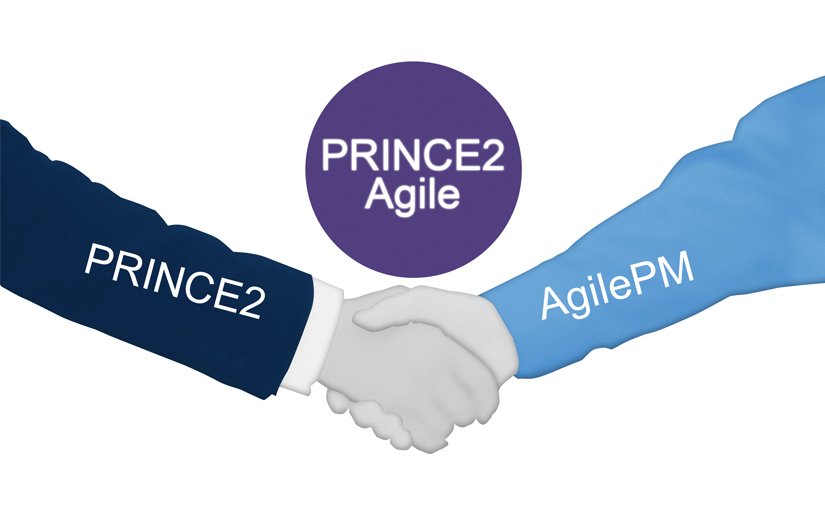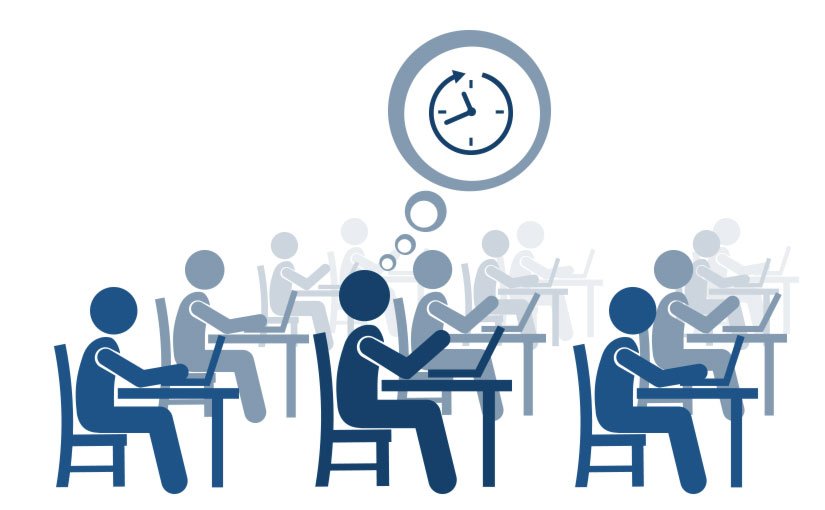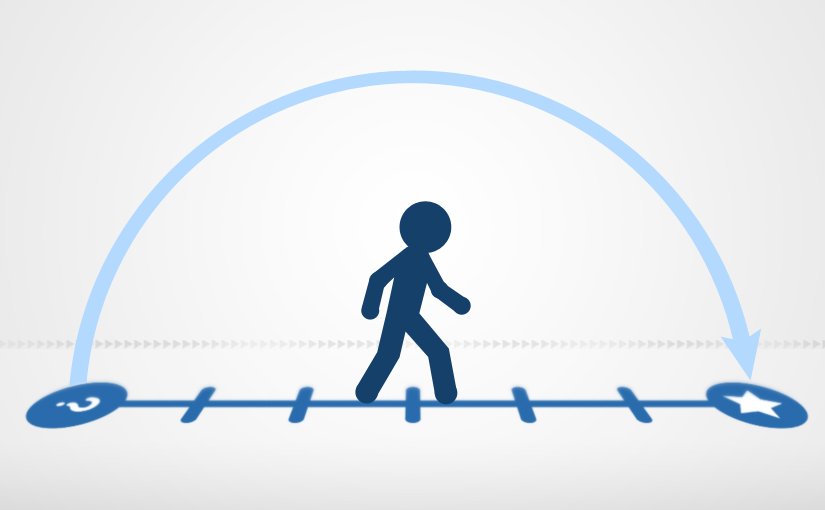PRINCE2® is a project management methodology of 7s. The principles, practices and processes all follow this model. In this blog, we’ll break down each one and discuss how they are related to each other.
What are the 7 principles of PRINCE2?
The seven principles are a set of guiding values that shape the framework, and provide a solid foundation for managing a project.
- Continued business justification: A project must make good business sense. There needs to be a clear return on investment, and the use of time and resources should be justified
- Learn from experience: Project teams should take lessons learnt from previous projects into account. A lessons log is monitored and updated for this purpose
- Define roles, responsibilities and relationships: Everyone involved in a PRINCE2 project, internal team members and external stakeholders, have defined and agreed upon roles and responsibilities
- Manage by exception: A project running well doesn’t need intervention from the project board or other authority figures within the business. These individuals should only be informed should an agreed upon tolerance limit be reached
- Manage by stages: Break the project up into manageable stages, each of which should be effectively planned, monitored and controlled
- Focus on products: Your project should be focused on its product, and ensuring this meets the expectations and requirements of the user
- Tailor to suit the project: PRINCE2 can be scaled and tailored to all projects regardless of their size, environment, complexity, team capability, etc. Projects that adapt PRINCE2 to their needs are more likely to succeed than projects that use PRINCE2 dogmatically
What are the 7 practices of PRINCE2?
The practices provide insight into how the project should be managed. These are set up at the beginning of a project, and should be monitored and addressed throughout.
- Business case: The business case is used to support decision making ensuring the project remains desirable, viable and achievable
- Organizing: This practice aims to define and establish the project’s structure of accountability and who is responsible for what
- Plans: Plans define the who, what, when, where, how and for how much of a project
- Quality: This practice helps ensure that the users’ requirements and expectations are met
- Risk: The purpose of this practice is to identify, assess and control uncertain events during a project
- Issues: Aims to address issues and control changes to the project’s baseline
- Progress: The progress practice is all about tracking and monitoring the project, encouraging teams to check and control where they are in relation to the project plan
What are the 7 processes of PRINCE2?
The PRINCE2 methodology separates the running of a project into seven processes. Each one is overseen by the project manager and approved by the project board.
Starting up a project
This process ensures that the prerequisites for initiating a project have been established. This involves:
- Creating a project mandate which answers logical questions about the project. It explains the purpose of the project, who will carry it out and how to execute it
- Establishing a project brief, this is derived from the mandate, lessons log and discussions with people involved in the project
- Assigning a team, the brief should give them all the information needed for the next process
Directing a project
This process details the role of the project board, and should be an ongoing process through a project.
The main responsibilities of the project board include:
- Initiating a project
- Making key decisions
- Ensuring a project remains viable
- Dictating project closure
Initiating a project
The purpose of this process is to establish solid foundations for the project, outlining how the following performance targets will be managed:
- Time
- Cost
- Quality
- Scope
- Benefits
- Risk
Controlling a stage
In accordance with the PRINCE2 principles, a project should be split into manageable stages. The ‘controlling a stage’ process involves:
- Assigning the work within a stage
- Monitoring that these tasks are complete
- Handling issues
- Reporting progress to the project board
- Ensuring a stage remains within agreed tolerances
Managing product delivery
This process regards the communication between a project manager and team manager. Team managers may be internal or external. Their role is to coordinate the work that needs to be complete to deliver one or more of the specialist products that make up the final project product.
The majority of communication will be regarding the following steps:
- Accepting a work package
- Executing a work package
- Evaluating a work package
- Completing a work package
Managing stage boundaries
The project will be reviewed by the project manager and board at every stage, at which point the board will decide whether or not to continue with the project.
This process consists of the following activities:
- Confirming the stage end and completion of all related tasks
- Planning the next stage
- Reviewing and updating the PID
- Requesting authorisation to start the next stage
Closing a project
This process establishes an agreed upon fixed point at which the project is closed, and all objectives must have been met. This process involves:
- Checking the user is happy with the final product and that it meets all expectations
- Ensuring the business can continue to support the use of the product
- Review and evaluating the impact of the project
- Putting provisions in place to address any ongoing risks or issues
- Closing the project in an orderly manner









